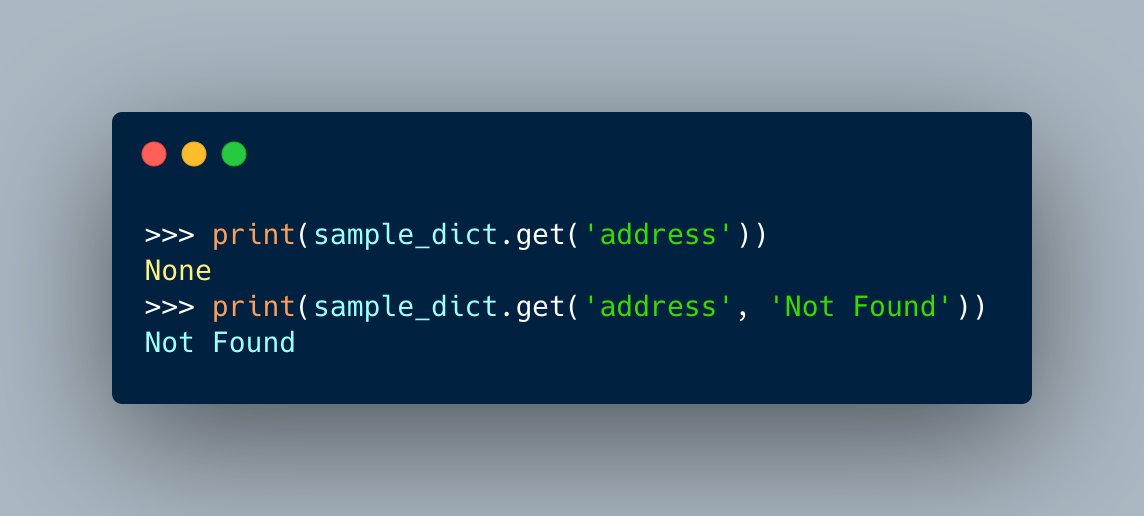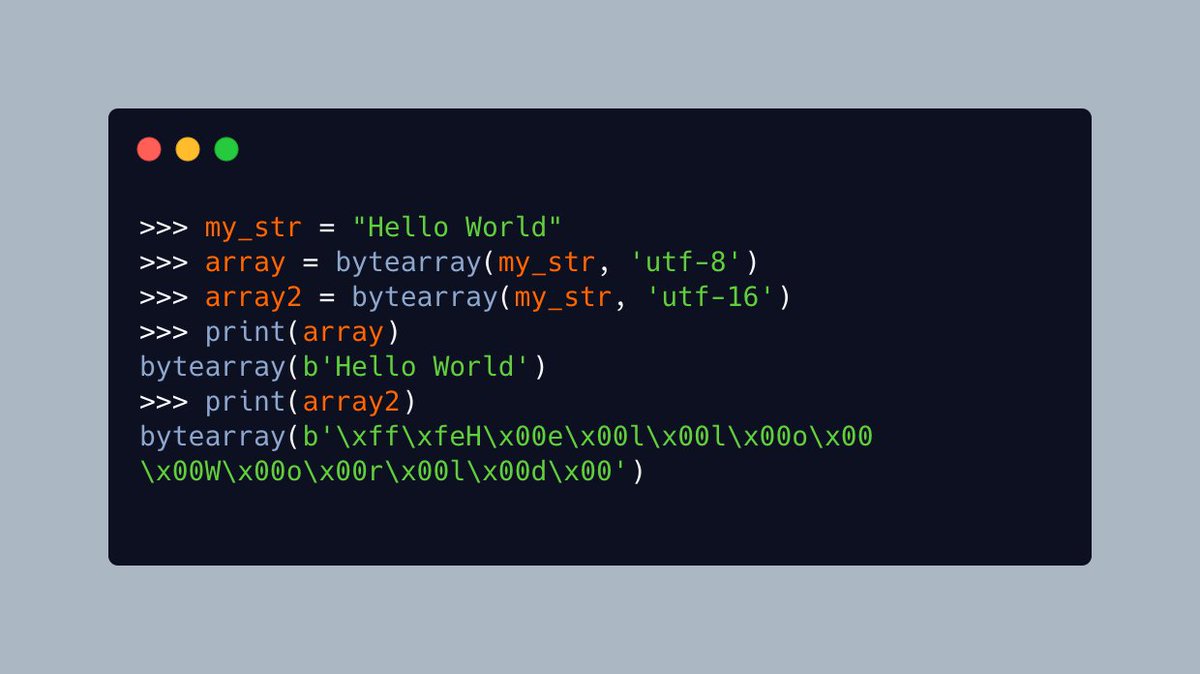
Did you know that #Python has limited support for function overloading? 🐍🔥
You get access to function overloading through `functools.singledispatch`
Here is an example:
You get access to function overloading through `functools.singledispatch`
Here is an example:

You can also register multiple types to the same function when overloading functions in #Python
Here's how:
Here's how:

You can learn more about using function overloading in #Python in this tutorial of mine @mousevspython
blog.pythonlibrary.org/2016/02/23/pyt…
blog.pythonlibrary.org/2016/02/23/pyt…
• • •
Missing some Tweet in this thread? You can try to
force a refresh













